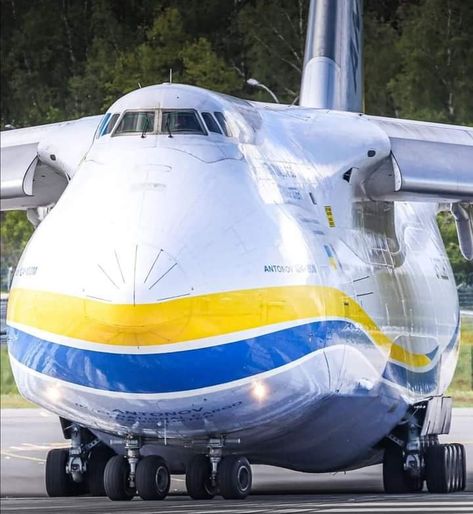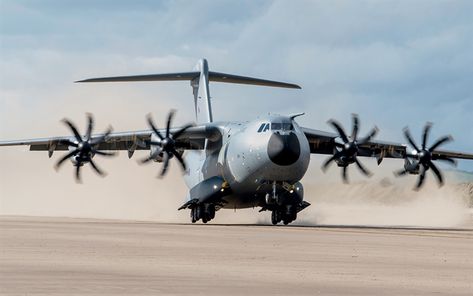Cargo and freight are essential components of the global economy. Cargo and freight play an important role in promoting trade by transporting everything from commodities to people and merchandise. In this blog post, we will go over the fundamentals of cargo & freight, such as what it is, how it is transported, why it is vital, and so on. We will also offer suggestions on how you can get engaged in the sector and help it become more sustainable.
Cargo and freight are phrases used to describe the objects that a vehicle transports. Cargo is typically heavier, whereas freight is typically lighter. Cargo is frequently transported in trucks and containers, whereas freight is transported more frequently via trains.
Bulk cargo, break bulk cargo, containerized cargo, and rail cargo are all examples of cargo and freight. Typically, bulk freight is transported in trucks or containers. Bulk freight is less expensive than breakable containers and can be transported on open vehicles. Dry goods and liquid products are the two types of containerized freight. Dry products are packaged in boxes or cans and can be shipped by either water or air. Liquid items must be shipped in physical shipping containers such as bottles, tanks, drums, or other similar containers.
Rail freight transports vast cargo volume of products over long distances. Rail freight may transport coal, grain, metal ore, oil products, automobiles, and other heavy items. Intermodal transport and heavy haulage transport are the two main types of rail freight. Intermodal transportation transports commodities between modes of transportation such as road, air, sea, and rail. Heavy haulage transport uses rail to convey the heaviest things across great distances.

Cargo and freight are terms used to describe the movement of commodities between different locations. It can be defined as any mode of transportation that transports cargo or objects from one location to another. Cargo and freight can be delivered by air, land, water, or space.
There are numerous forms of cargo and freight forwarder that can be transported. Food, clothing, and machinery are all examples of common cargo. Freight includes items such as manufacturing supplies, oil and gas products, and other necessities. Cargo and freight can be transported using a variety of techniques, including air freight, ocean freight, trucking, rail transport, and postal service.

The two basic categories of cargo that a truck can transport are cargo and freight. Cargo is defined as anything that is transported for a specified reason, such as goods or materials. The price paid for cargo transportation is referred to as freight.
There are several forms of cargo and freight carriers, which can be classified into a few broad groups.
Passenger cargo is cargo that is intended to be conveyed by passengers in vehicles such as cars, buses, planes, and other modes of transportation. People, bags, and boxes are examples of this type of cargo.
Commercial cargo is cargo that is intended to be transported by truck for profit. This type of cargo can include items such as furniture, food, and packages.
Industrial cargo is cargo that is intended to be delivered by truck for use in factories or other industrial environments. This type of cargo can contain machinery, equipment, and products.

Cargo and freight are essential to commerce. They are in charge of transporting commodities from one location to another and, as a result, play an important role in the economy. Cargo and freight can be transported in a variety of ways, including air, rail, water, and vehicle.
One significant advantage of cargo and freight transportation is its dependability. Regardless of the weather, goods usually arrive at their destination on schedule. As a result, cargo and freight are an excellent mode of transportation for products that require continuous quality and delivery.
The capacity of cargo and freight transportation is another advantage. In contrast to passenger transportation, which can only move a certain number of people or vehicles at a time, cargo and freight can transport a significant amount of commodities. This allows firms to send greater goods than they could with only passenger transportation.
Finally, cargo and freight transportation is inexpensive. For compared to other modes of transportation, cargo and international freight are often less expensive when shipping things over long distances. This makes it an excellent choice for companies who need to ship huge volumes of goods across the county or throughout the world.
Matic Express was created in 2007. Its headquarter is located in Shenzhen China. Changsha Chaintech Supply Chian Management Co, Ltd, Changsha China, is a branch. Our main business is air and sea shipping, express, train, or truck transportation using DDP, DDU, FMCL, or LCL terms. We ship to Amazon warehouses as well as overseas warehouses.
Matic Express offers freight service for global Amazon via sea shipping, air freight, Express, International railway express, or truck shipping. Our service areas include USA, Canada and France, Germany and Poland, Italy and Spain, Japan and New Zealand.
Matic Express provides you with door-to-door delivery, whether it's air shipping, sea freight or railroad express truck shipping DDP & DDU of the door to door, Some smaller customers that are looking for DDP delivery cheap We recommend this method, if you want to ship goods from China to your location, we can make door to door shipping for you.
Matic Express has its own warehouses for storage of your cargo. These warehouses can be found in Shenzhen Yiwu Ningbo Shanghai Guangzhou Guangzhou Dalian Chongqing, Guangzhou Guangzhou Shanghai Guangzhou Guangzhou Guangzhou Shanghai Guangzhou Guangzhou Guangzhou Guangzhou Guangzhou Guangzhou Guangzhou Guangzhou Guangzhou Guangzhou Guangzhu Shanghai Guangzhou Guangzhou Guangzhou Guangzhou Guangzhou Dalian We collect it at warehouse from We can accept cargo from your suppliers and you. It provides services for you like cargo inspections. Stick labels. Measuring size and weight. Delivery.
Container shipping is the most common mode of container and freight transport. Containers are classified as breakbulk, general cargo, refrigerated cargo, or roll-on/roll-off (Ro/Ro). Container transportation is useful since it is versatile and has a cheap cost of ownership.
However, there are various issues that must be handled in container transportation. The first obstacle is port congestion caused by rising competition among carriers and high demand for shipping services. Ports have failed to keep up with traffic increases, resulting in extended wait times at port facilities and increased expenses for shippers. Congestion also causes delays in loading and unloading freight, which can have an influence on supply chain efficiency.
The second issue is one of sustainability. The current container shipping model employs a huge number of containers that are discarded after only one use. This causes environmental issues including littering and marine trash. Container shipping waste can be reduced by creating more sustainable practices, such as employing smaller containers that can be reused numerous times or using technology that reduces waste accumulation.